Destination Rio Lagartos (Flamingo on the Map)
Cruising through the jungle north of Valladolid there weren’t many birds. My lifer TURQUOISE-BROWED MOTMOT cruised across the road and landed exposed on a dead snag before disappearing into the jungle. After about 40 kilometers the jungle opens up into heavily degraded forest--mostly now farmland used for corn, grazing, and in many cases--nothing. After the city of Tizimin the forest becomes sparse and is mostly second growth or patches old jungle. The land for grazing dominates the landscape--making it excellent for birds of prey that prefer this habitat. My lifer LAUGHING FALCON was followed by my lifer WHITE-TAILED HAWK right along the road.
White-tailed Hawk in really bad lighting
Red-tailed Hawk, SHORT-TAILED HAWK, CRESTED CARACARA, and several ROADSIDE HAWKS also showed up on power poles and in tree tops. From Tizimin the 40 kilometers to Rio Lagartos go fast, and before you know it you are pulling into the city. City is a loose term, for the village of 3,000 sitting on the north end of the Yucatan Peninsula, hugging the south edge of the Gulf of Mexico. It’s a sleepy Mexican town, the kind of place where only a couple residents speak more than a few works of English, and everyone notices the 6’4” dude wearing board shorts carrying a camera.
The main road in Rio Lagartos
There are fishermen waiting at the welcome sign to try and snag you for a boat ride to see Flamingos. I would never say don’t hire them--some of my best birding has been spur of the moment hiring a fisherman to take me to look at some local specialty. But odds are that if you are coming to Rio Lagartos to go birding, you have talked to Diego Nunez, local guide and businessman.
Lots of boats in the sleepy fishing village
I found Diego by doing a search on google for Rio Lagartos birding. I wasn’t looking for a guide--I wanted to go photograph the Flamingos and that was really what I ended up contacting him for. It is well worth paying someone a few bucks extra that knows where certain birds are so you can get good looks--or in this case photos. However, you don’t need Diego if all you want is to see Flamingos--they are in the backwaters around town, and can be found with a little searching on your own, or for a bit cheaper hiring a fisherman to take you. But if you want to see more than flamingos--HIRE Diego for a morning or the day--it will be worth it.
Most of the side streets are unpaved
Diego was busy guiding other folks on the 5th--the day I had open to go birding, but I told him I really just needed someone that knew the local roads and where some of the endemic and local specialities were. I didn't need someone to point out birds or ID them for me. His solution was ½ off the guiding price for his two sons who are apprentices in the business. They could drive me around and take me to the places to look for birds--and knew where a few nests and other things that would be helpful were. I thought this was an excellent plan.
It's a quiet place, with quiet folks
In any event once I rolled into town the fishermen descended on the gringo to try and get me to hire them to go see flamingos. I gladly would have gone out for the last couple of hours just to get some extra birding in--but alas, I had no cash to do so--there were no ATM’s in Rio Lagartos. Instead I headed to La Torreja--Diego’s restaurant on the waterfront, and as luck would have it he happened to be there right then. He introduced me to his son’s who took me to his Posada, where I would spend the night. The rooms are big, they have Fans and AC, and you are in a fishing village in the middle of nowhere. For $45 its a good deal and I slept through the night without issues. After getting settled, I took off and headed back to the waterfront--I should have driven out of town and birded side roads--but being my first time here, I didn’t know what was where and so on. So instead I just watched the LAUGHING GULLS, BROWN PELICANS, COMMON TERNS, and MAGNIFICENT FRIGATEBIRDS pass.
Swarm of Magnificent Frigatebirds
At one point dozens of frigatebirds circled overhead--it was a sight to be seen. There weren’t a ton of species to be seen from the docks, but both Double-crested and NEOTROPIC CORMORANT, along with ROYAL TERN also flew by from time to time. Eventually I headed to the restaurant and ordered a few drinks and fried shrimp. About this time Diego returned with his guests from the afternoon birding--I asked if I could join them and we began to talk--they were Reid and Nancy Miller, and as things would have it they were from Moscow, Idaho, a short drive from Salt Lake.
Sunset on Rio Lagartos
The shrimp was fried to all hell and was the toughest I’ve ever ate--but being where I was I suppose that was better than the alternate of hugging a toilet for the rest of the week. After dinner they were going into the estuary to search for Yucatan Nightjar and Diego invited me to come--how could I not? Make sure you ask Diego if there is a cost when invited on something you didn’t plan--he hit me with a $35 charge for this even though there was no mention of it when he asked if I wanted to come--I would’ve paid regardless. Shortly after it was pitch black we walked to the boat, and loaded in along with Paco, a young “guide in training” who steered the boat. We headed east along the mangroves while Paco spotlighted the trees. The first bird he found was a BLACK SKIMMER--skimming. After a few minutes we hit eye-shine in the mangroves--our target bird had been spotted. As we approached, something spooked the bird and it flew off.
We continued along and shortly after another eye-shine peered out of the mangroves. This time the bird stayed put and in no time we were just 30’ away viewing a YUCATAN NIGHTJAR perched out in the open--a life for me and the other guests, and a bird I had not expected to see on this trip.
Lifer Yucatan Nightjar in the Mangroves
We spent a while watching the bird and taking pictures before heading back in. Along the way we saw a couple Raccoon but nothing else. Back at the dock Diego led me back to the Posada where I called it a night after editing a few photos.
Wednesday February 5th I woke, packed my gear and joined the Millers and Diego for coffee. After breakfast, Diego’s sons and I headed out to bird on the mainland--I actually had specifically told him I wanted to go birding along the coast specifically to photograph the flamingos, but instead he sent us to an area where we could see many of the local songbirds, and harder to find species. We headed to the south and then east of town towards Rancho San Salvador. The main road exits onto a dirt road and 2-track that goes through mostly 2nd growth and degraded forest and farmland--the birding was exceptional. The first specialty bird was a MEXICAN SHEARTAIL perching nicely in the sun for great looks and photos. All the sheartails I saw here strangely were females.
Female Mexican Sheartail in excellent light
GROOVE-BILLED ANIS flew across the road and called from various perches. INDIGO BUNTINGS could be heard singing and occasionally perched out in the open. A NORTHERN CARDINAL almost made you think you were back north, but the screaming YUCATAN WRENS brought things back into perspective.
Yucatan Wren in between song bursts
In the distance SHORT-TAILED HAWKS soared, whilst HOODED and ORANGE ORIOLES lit atop various bushes. Shortly after arriving here, Diego and the Millers pulled up and we started talking. As we stood there, I looked over and in a tree a short distance off the road I spotted one of my major targets--I blurted out, “ROADRUNNER!!! There’s a LESSER ROADRUNNER right there!” The bird was low in a tree, but hopped it’s way up through the branches before flying out of sight--an awesome bird I worried I wouldn’t get--but the whole group saw!
Lifer Lesser Roadrunner
Diego headed onward as we walked the road--a short ways ahead I could see him waving for us to come forward--they had a Cuckoo, but it wasn’t the Mangrove expected here--it was a YELLOW-BILLED CUCKOO working the trees just off the road. In eBird there is only 1 previous winter record for the Yucatan--a great find for this time of year.
Vagrant Yellow-billed Cuckoo at Rancho San Salvador
While we watched a pair of MANGROVE VIREOS popped into view and provided generous looks, while another visitor from up north flew into the picture--a LEAST FLYCATCHER. Great-tailed Grackles came and went sporadically, and COMMON GROUND DOVES exploded from the bushes every once and a while.
Very bright Mangrove Vireo
Diego and his guests hurried ahead while we continued mostly walking and occasionally birding from the car--walking the road was far too productive. We spotted both LADDER-BACKED and GOLDEN-FRONTED WOODPECKERS as well as several BLUE GROSBEAKS, SUMMER TANAGER, and a random assortment of warblers from up north. I didn’t photograph any this time as I had snapped plenty of shots the day before. I did however try to get shots of the occasional OLIVE-THROATED PARAKEETS that perched in the trees nearby.
Olive-throated Parakeets were common here
As I was walking one stretch I spotted another of my targets for a the trip, a GRAY-THROATED CHAT. In my excitement to get the guides over to see it I didn’t get a picture--and as chats tend to do the bird disappeared into the tangles from where it appeared. BLUE BUNTINGS also popped up from time to time, but along with many of the other birds, zipped out of sight quite fast. I was surprised that a GRAY-CROWNED YELLOWTHROAT sat still long enough to snap a few pictures.
Gray-crowned Yellowthroat posing
At one point three tanager sized birds with rufous wings followed each other across the road--the only bird that seemed to make sense was RUFOUS-BREASTED SPINETAIL, but like everything else they disappeared into the brush. WHITE-LORED GNATCATCHER and BLUE-GRAY GNATCATCHER seemed equally common here, but both maintained their hiding places amongst the cover. Taking a side road one of the brothers spotted another target and highlight for me, a BLACK-THROATED BOBWHITE!
Black-throated Bobwhite "hiding" in plain sight
We also managed PLAIN CHACHALACA along the dirt road, and a small flock of RUDDY GROUND-DOVE in a muddy corral where several cows were kept company by a number of iguanas.
Iguana lounging on a rock wall
Heading back towards the highway we got great looks at the 2nd LAUGHING FALCON of the morning--this time I got pictures worth sharing. In 24 hours I had seen 3, while I missed this species in almost 20 days birding the tropics in the past.
My 3rd Laughing Falcon in 24 hours
Pretty soon we were back on the black top and headed towards the Estuary. We passed several shorebirds, Blue-winged Teal and a number of wading birds. Driving through a patch of mangroves we had 2 MANGROVE CUCKOOS fly across the road and disappear into the cove. While looking for them I spotted my lifer GREEN JAY also doing a good job at hiding.
Green Jay blending in with the green leaves
Small flock of American Flamingos
We got out of the car and worked our way to a better vantage point with the light at our backs. The birds let us get fairly close with the aid of an abandoned building for cover.
Just stunning American Flamingo
The birds eventually took flight and made a short hop over an embankment into one of the “shrimp ponds”. We watched for a while longer before heading to look for some more birds.
Flock of American Flamingos dancing, flying, and posing
A quick drive back towards town and we were now headed west towards the city dump--here there were numerous BLACK VULTURE sitting on the trash and the walls surrounding it. Just past the dump we pulled up to a small patch of mangroves in the middle of a flooded field--there were a few shorebirds and waders present but otherwise it looked like a quick stop.
This Mangrove Patch had a nice surprise inside
That was until one of the guides said BOAT-BILLED HERONS. As I scanned with my binoculars I could see, 1, 2, 5, maybe even 10 herons perched in the cover, some on nests, while others preened. This was a nest site and if you didn’t know it was there you would drive right by it without thinking twice. After having been to Costa Rica and the Amazon and not seeing this species it was a relief to finally be looking at them!
Boat-billed Heron hiding in the Mangroves
While we watched the herons other birds started popping out of the wood-works. My lifer CINNAMON HUMMINGBIRD flew into some flowers to feed briefly before moving on. In the distance a CRANE HAWK glided along the the horizon, while much closer a CRESTED CARACARA flew right over us on the side of the road.
Composite of a Crane Hawk in flight
Crested Caracara in flight
Roseate Spoonbill looking for lunch
Tricolored Heron striking a pose
We saw our only MANGROVE SWALLOW of the day flying amongst some flamingos in ponds on the east side of town. On the far east edge of town there is a mangrove patch you can walk through on a dilapidated boardwalk. It was a quiet and somewhat dangerous walk--some of the boards were missing, while other entire sections drooped into the water below.
The Boardwalk through the Mangroves
Imitating a pygmy-owl brought in AMERICAN REDSTART, NORTHERN PARULA, COMMON YELLOWTHROAT, and MAGNOLIA WARBLER. As we walked back towards the car a GREAT HORNED OWL start bellowing from somewhere deep in the cover. We drove the road along the waterfront where BLACK SKIMMER, LAUGHING GULL, and ROYAL TERN were common. The highlight here was a LESSER YELLOW-HEADED VULTURE feeding on something just off the road.
Lesser Yellow-headed Vulture on the side of the road
I also added RING-BILLED GULL and RUDDY TURNSTONE, along with AMERICAN WHITE PELICAN as we drove past the lines of fishing boats anchored here. Back at La Torreja, we hopped on a boat and headed out--I hoped this meant more Flamingos--it didn’t. We motored through waterways lined with mangroves where we saw various egrets and herons, as well as CASPIAN and ROYAL TERNS. We found a small flock of WHIMBREL and WILLETS in one inlet
Whimbrel with 2 Willet in the Estuary
We took the boat out towards the Gulf of Mexico where two jetties had a handful of good birds. On the east jetty was a single REDDISH EGRET that posed nicely. On the west jetty were a lot more birds including a solo HERRING GULL along with bunches of Laughing Gulls and Brown Pelicans. The real highlight here was a huge flock of SANDWICH TERNS perched on the jetty and a small dock. They let us approach so close I couldn't fit birds in a single frame on my camera.
Sandwich Terns on the Jetty to the Gulf of Mexico
We were looking unsuccessfully for wood-rails when one of the guides spotted a YELLOW-CROWNED NIGHT-HERON perched in the cover. I snapped a few shots, before we headed back to shore and called it a morning.
1st photo of a Yellow-crowned Night-Heron I've taken
I would lie if I didn’t say the birding was fantastic and that I was very pleased with the outcome. However, I would also be lying if I didn’t say that what I paid for was not what I had expected. I actually would have preferred spending more time looking for and photographing flamingos, so I could get some real stunning shots. The lighting was perfect this morning, and the photos could have been truly amazing. This is probably my fault for not pressing the issue--as I believe Diego was interested in helping me get more of my target species which were mostly land based. In the end I got most of my targets, as well as pretty good shots of flamingos, so I have no complaints--the plus is that now I know how incredible Rio Lagartos is for birding and want to go back. If you want to go here, I highly recommend hiring Diego--he is the perfect guide for people who want to see the local specialties. Just make sure to work out the specifics ahead of time so you don’t have any surprises.
After thanking Diego and his sons I hopped in my rental and hit the road back towards Playa del Carmen. Since I had no money I couldn’t take the toll road, so instead I cut directly southeast across the peninsula towards Coba, and then Tulum which is 50 kilometers south of Playa Del Carmen. In the end the drive back took less than 3 and ½ hours and there were no tolls. This is definitely the ideal route anywhere to the west of the if you are staying in Playa.
25 life birds at Rio Lagartos / 36 total trip life birds / 143 total trip species
Photos from Rio Lagartos:
http://www.timaverybirding.com/photos/thumbnails.php?album=1146
eBird Checklists:
Highway to Rio Lagartos
Rio Lagartos Waterfront
Night Birding on the Water
Rancho San Salvador
Rio Lagartos Reserve
Camino San Felipe
Rio Lagartos City
Rio Lagartos Boat Ride
Labels: life birds, listing, Mexico, Travel



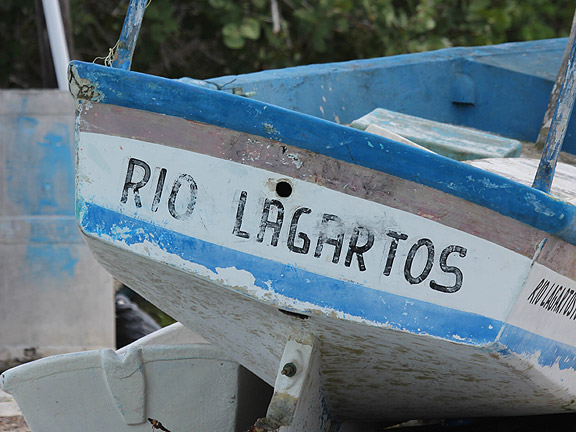
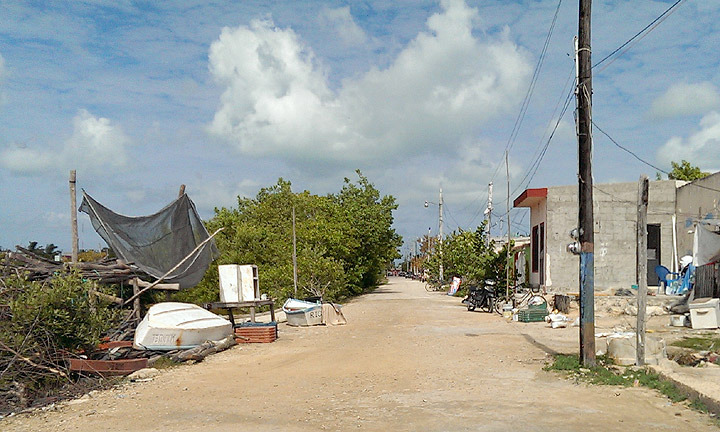
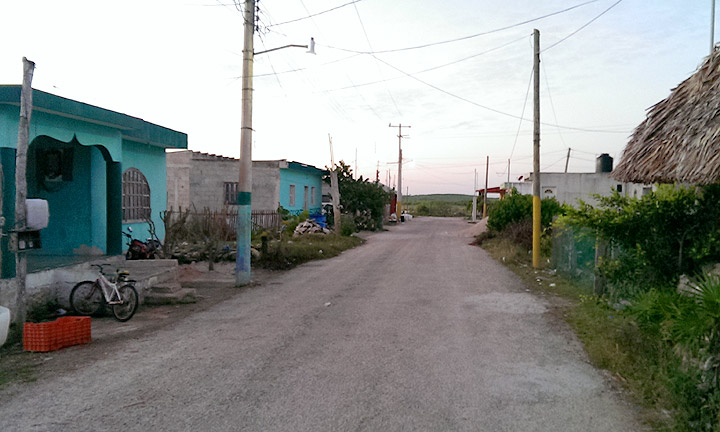
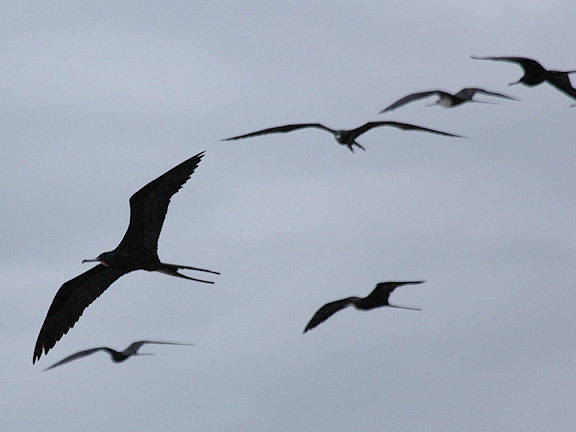

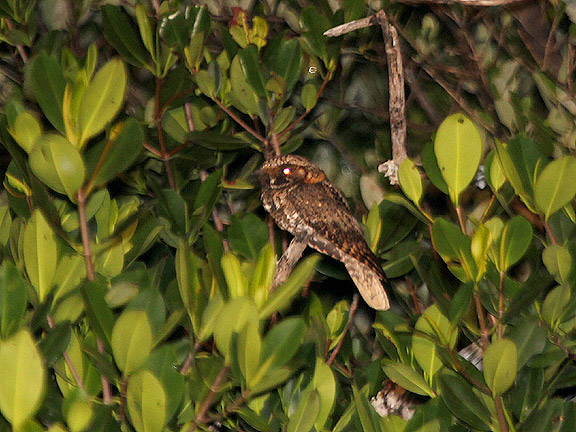
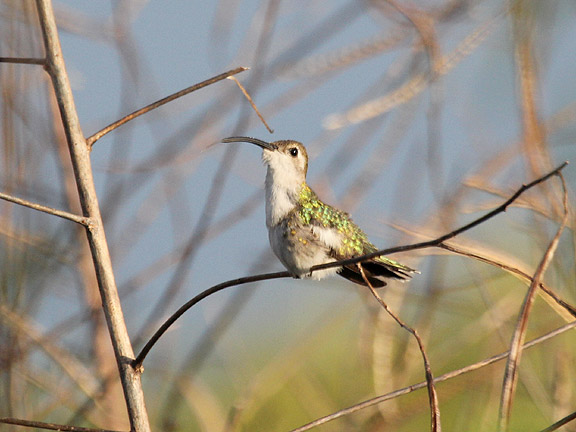
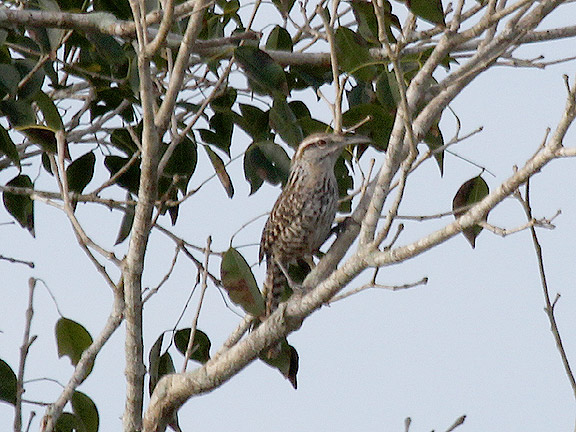
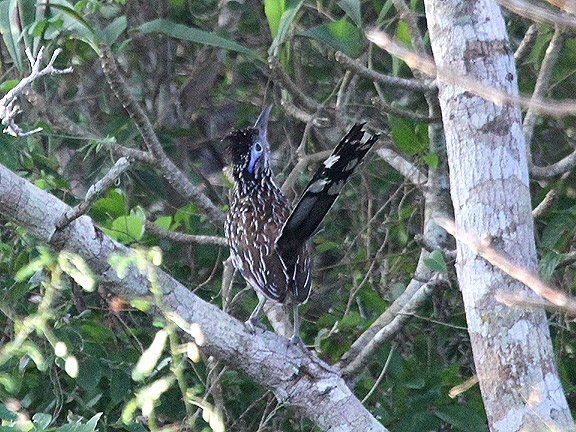
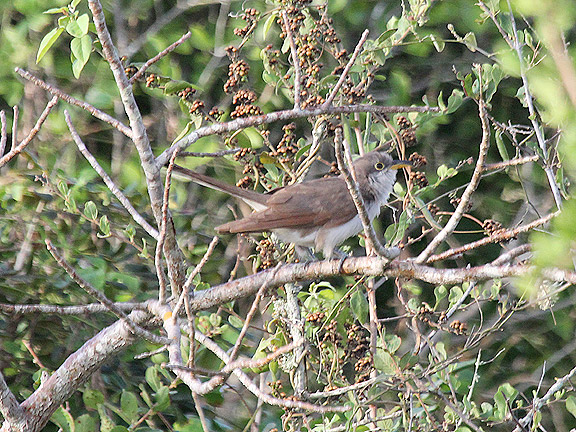
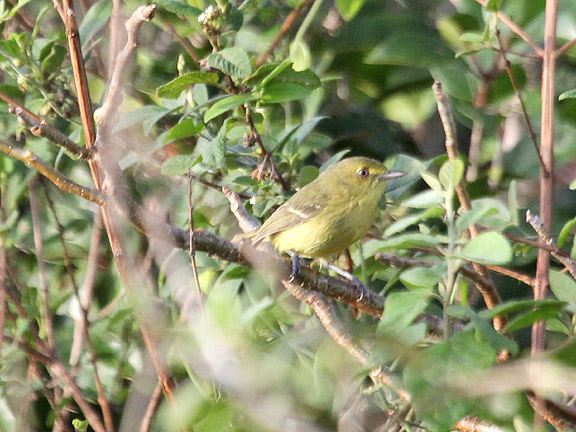
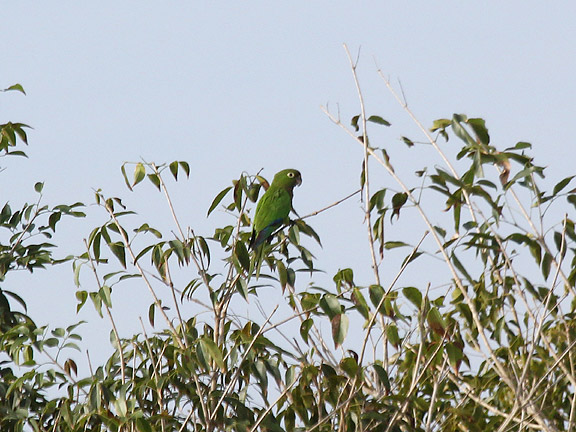
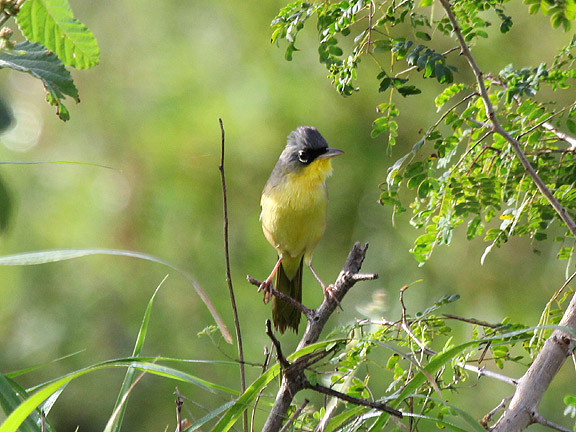
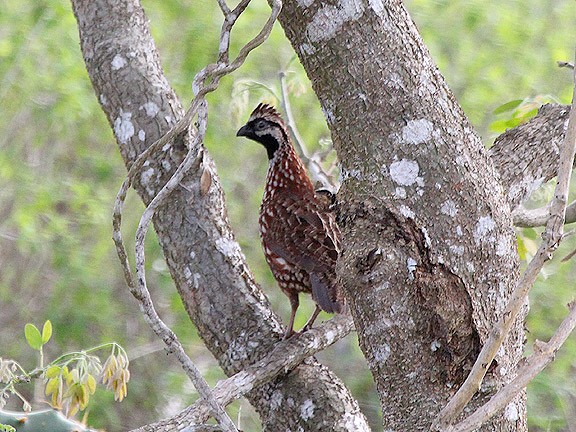

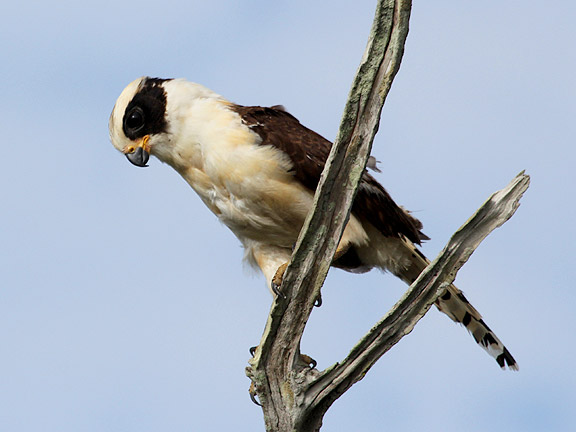
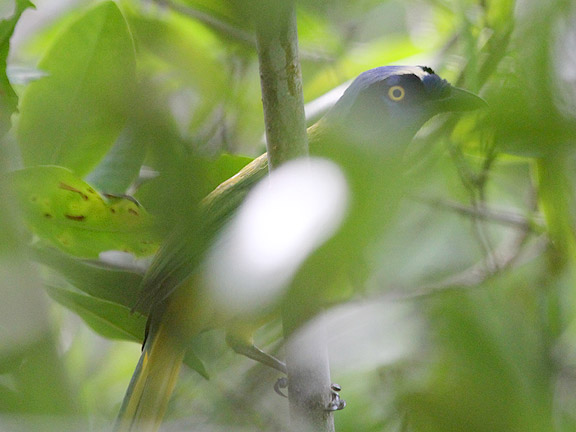
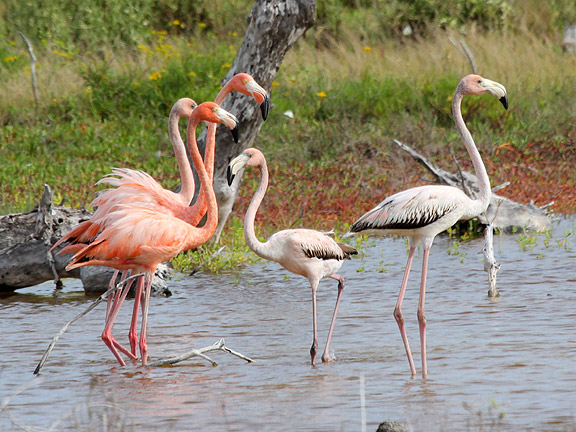
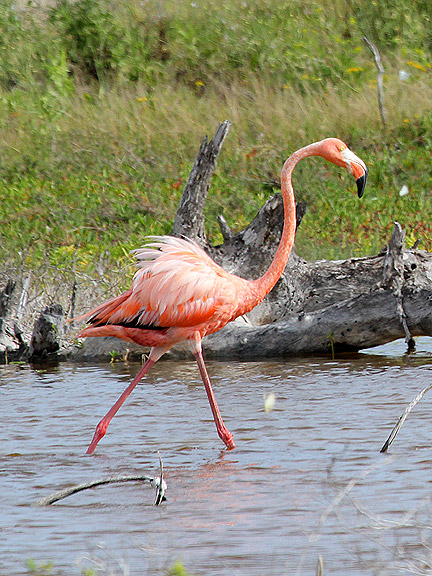

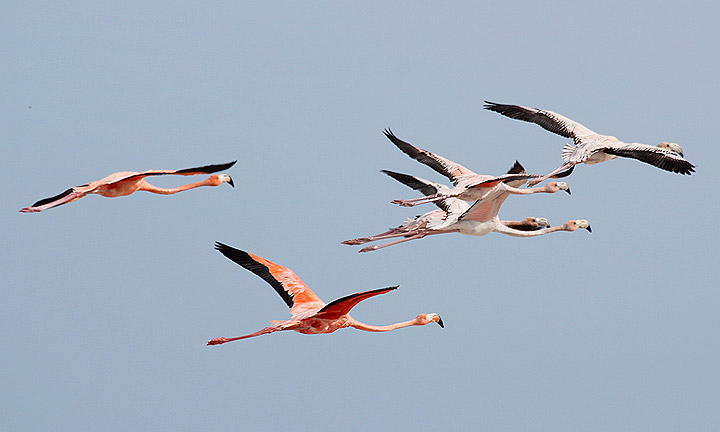
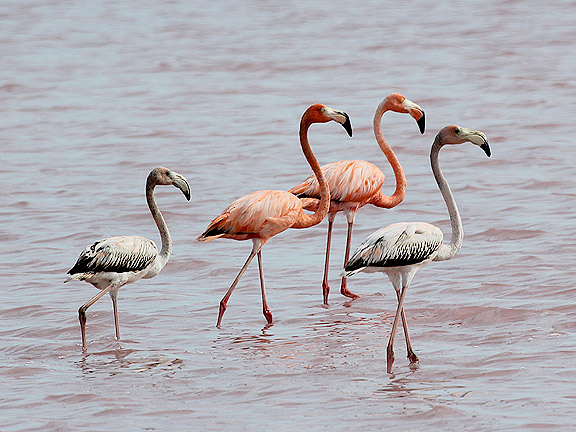
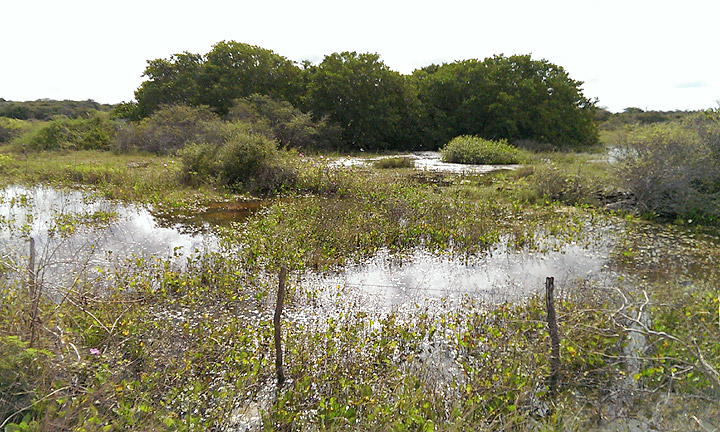
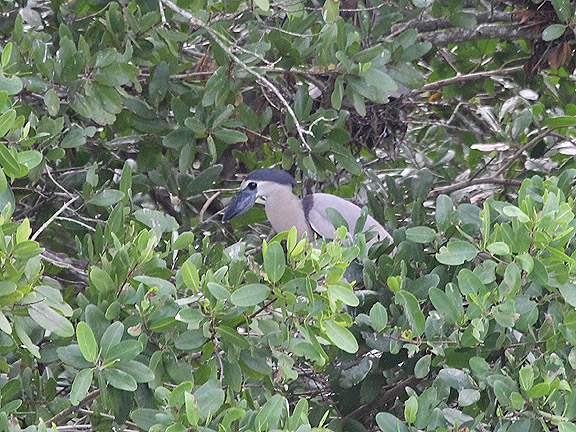
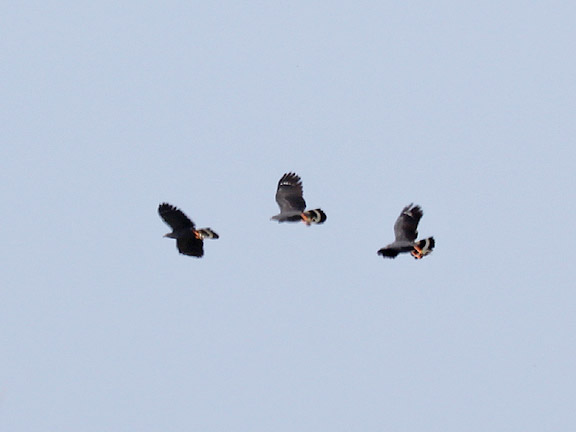
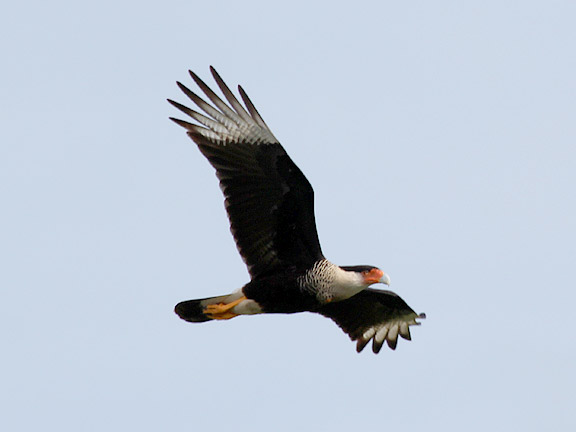
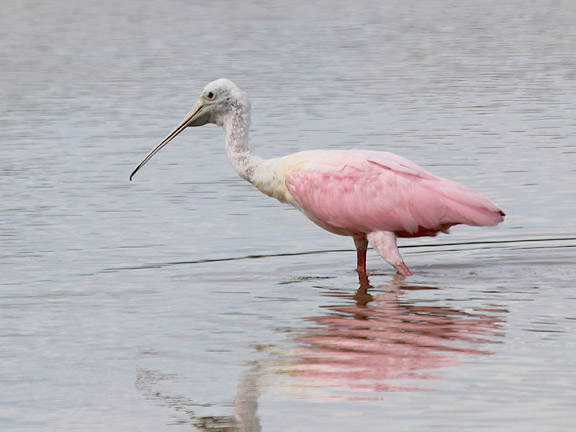
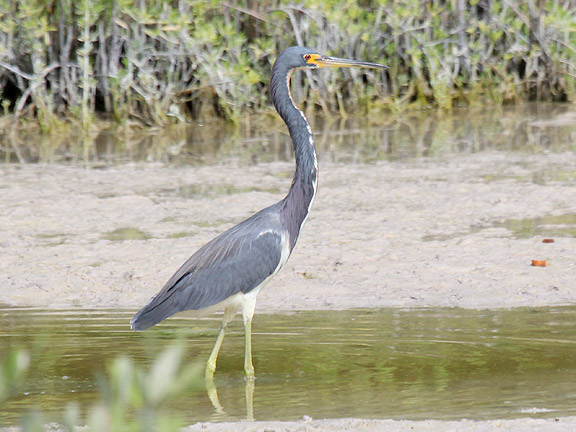
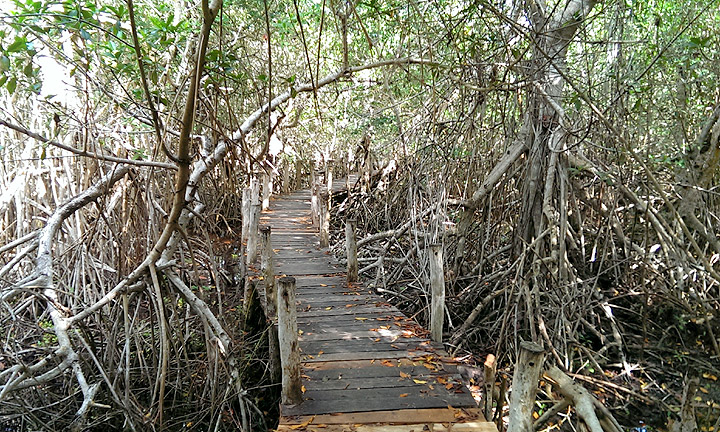


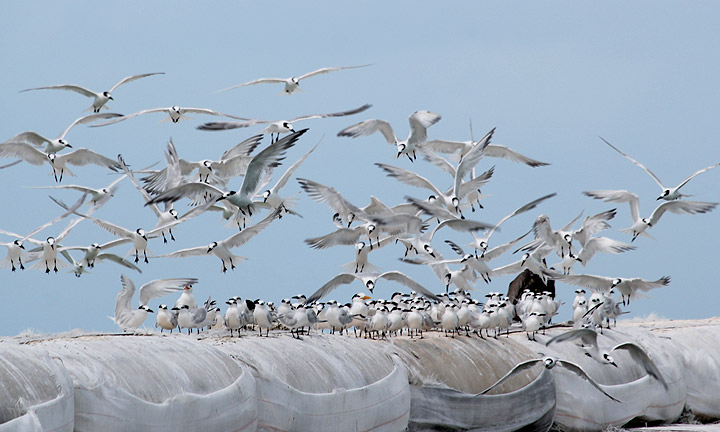
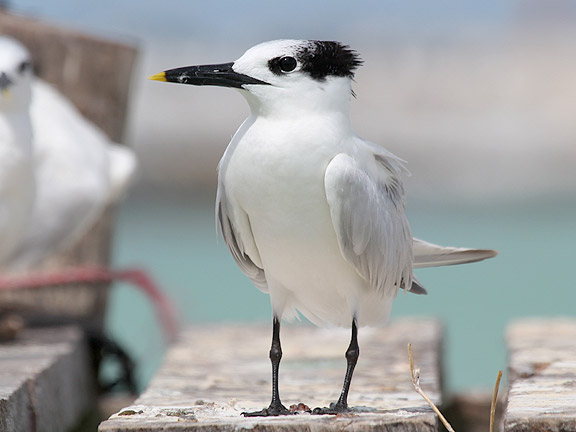


5 Comments:
Wow! I'm jealous.
So many excellent photos. Flamingos are my favorite birds, well done.
@Shawn: Don't be jealous, make your way to Rio Lagartos! A round trip flight to Cancun is currently cheaper than flying from Salt Lake to most places in the US ($450). You can rent a car for 5 days for around $200, and stay at various locations for as cheap as $20 a night. Set a little money aside and plan your trip--you won't regret it!
@anonymous: Thanks! Flamingos are up there for me too!
Beautiful blog... keep-up the good blog... May I share an article on Milan's Duomo in http://stenote.blogspot.com/2018/03/milan-at-piazza-del-duomo.html
Watch also the video in youtube https://youtu.be/GkJmdx6yrAo
Utah Birders >>>>> Download Now
>>>>> Download Full
Utah Birders >>>>> Download LINK
>>>>> Download Now
Utah Birders >>>>> Download Full
>>>>> Download LINK xo
Post a Comment
Subscribe to Post Comments [Atom]
<< Back to Previous